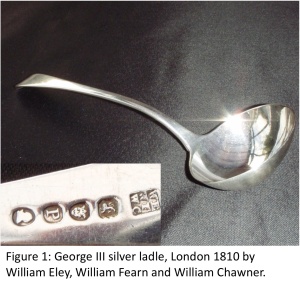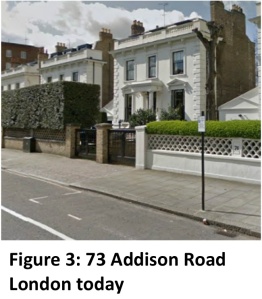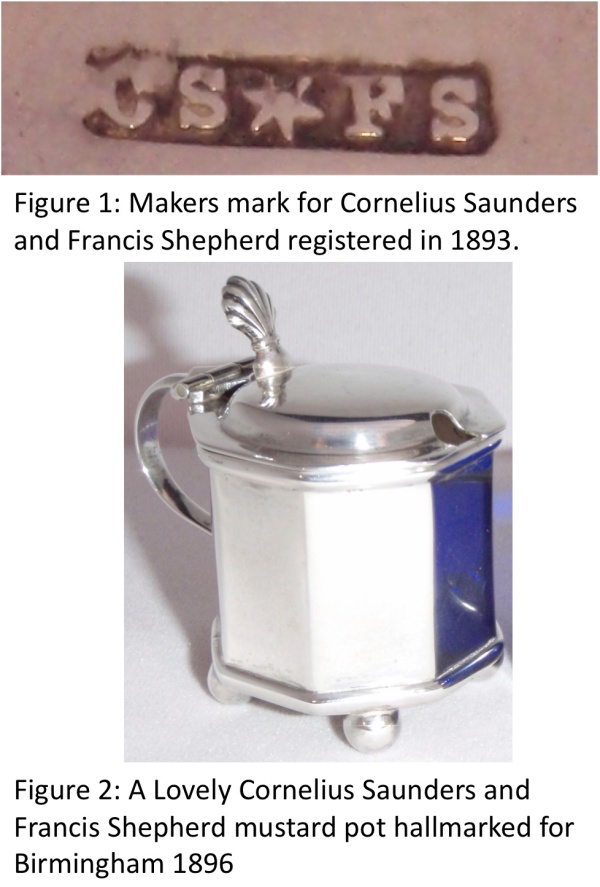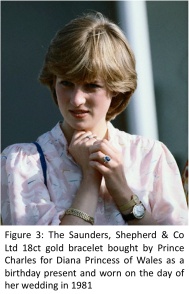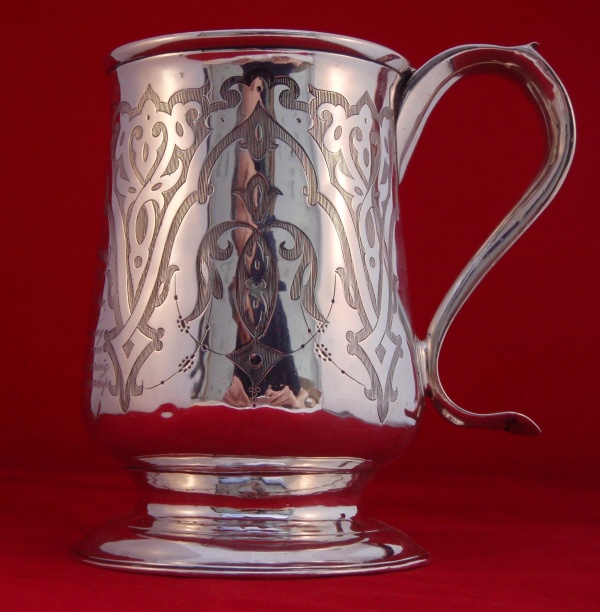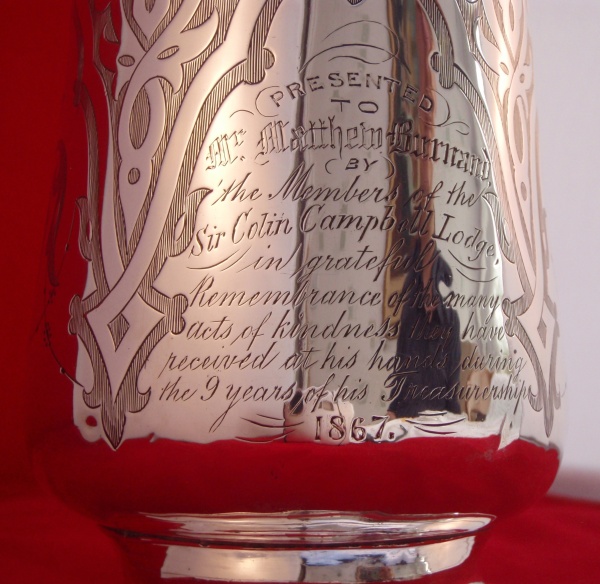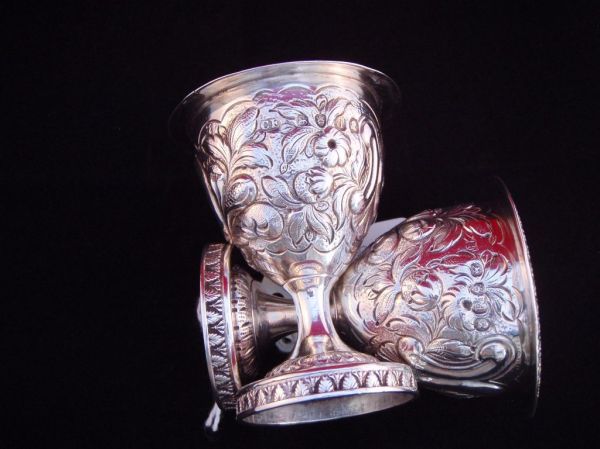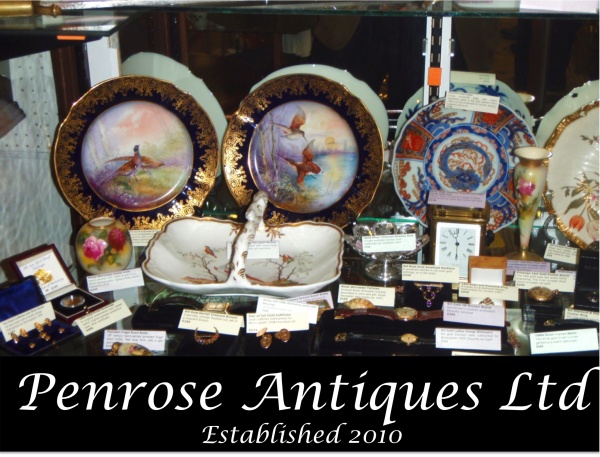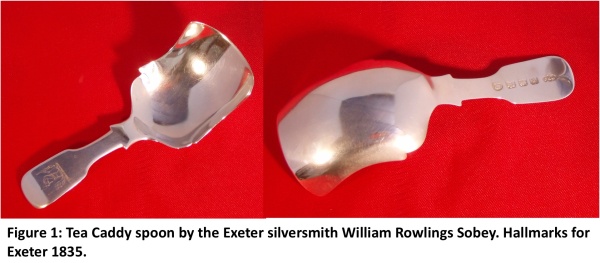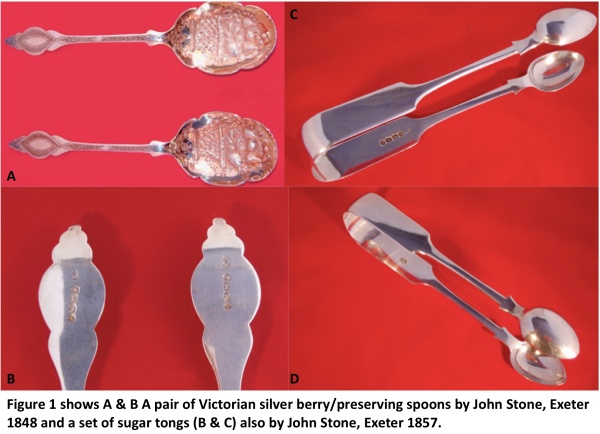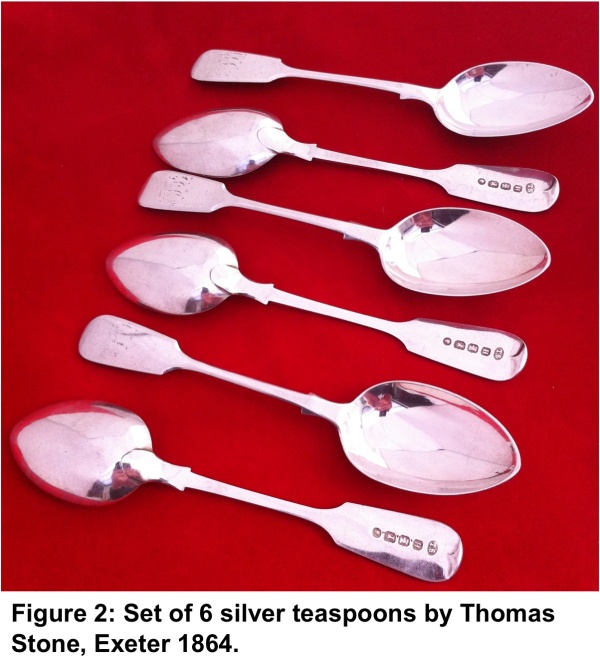George Unite was born in Birmingham, Warwickshire in 1799. His father was Charles Unite (b1775 ). Not much is known of his early life but George Unite was apprenticed to Joseph Willmore in 1810, and went on to register his own makers mark in 1832, which was used until 1865.
George married Ann Wilkenson (b1840) on 3rd October 1824 at St Peter and St Paul in Aston, Warwickshire. Their eldest son George Richard Unite was born that same year. The couple had 7 children in total – George Richard was followed by Dora in 1827, Samuel b1829, Barbara b1831, Edward b1833, William Oliver b1835 and Frances b1841.
The eldest son George William Unite had followed his father into the silversmithing business by 1860. He married Anne Maria Loach that year at St Bride Fleet Street London, and gave his occupation as silversmith. Anne was a widow three years older than George William, and the couple had no children.
The second son Samuel was listed in the 1851 census as a silversmith, although it seems he specialised in the fashionable Japanware, being listed as a Japaner with premises at 27 Northwood Street in Birmingham in 1855. He married in 1856 but died in 1861 without children aged 32.
The census of 1861 shows the third son Edward still living in the family home of 65 Caroline Street, Birmingham, and his occupation is given as jeweller. The street today lies within the Birmingham jewellery quarter. Four years later in 1865, the business became George Unite and Sons, and all three sons were involved in the business. This agreement continued after George Unite’s death 4th July 1874 until 1896 when, with the death of eldest son George Richard Unite, the business partnership dissolved.
Third son Edward had married Mary Jane Moffat in Sollihull in 1867. They had one son – George Willoughby Grosvenor Unite b 1871. The fourth son William Oliver Unite had married in 1861. He had 4 children but his only son George Lander Oliver Unite predeceased him in 1886, dying aged just 14.
Of George’s three daughters, Barbara and Dora didn’t marry. The youngest child Frances married Thomas Turner a gun maker in 1868. The Unite family wealth seeems to have gone to Edward’s only son George Willoughby Grosvenor Unite, who was independently wealthy. Marrying in 1900, the 1901 census shows him as living on his own means with 2 servants. He died in 1942 age 71 at Granard House, 98 Dovehouse Street London, leaving £66,000 to his widow Mary. In today’s money that would be £2.6 million.
